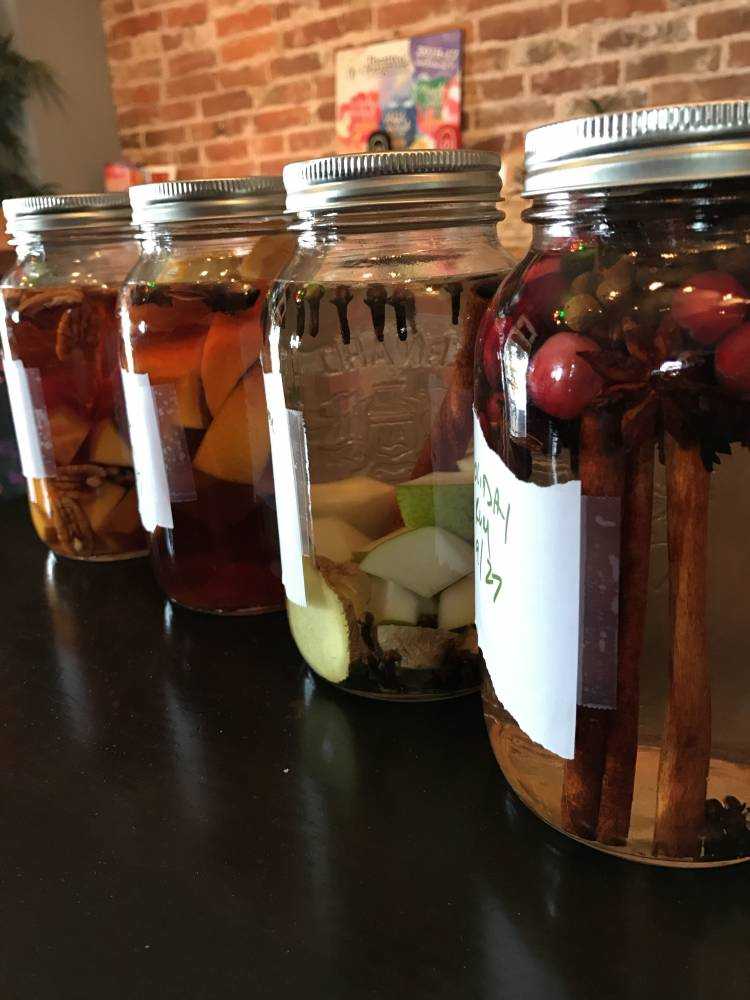BY: PHILIP DEWAR
It seems natural that our biweekly recipe guides have been geared towards food; we are a restaurant after all! But this time, we wanted to turn things upside down a little bit and give you a quick and simple recipe for a delicious fall cocktail. At Soulyve, home-cooked from scratch is a big deal to us, and we wanted to translate that same mentality into our drinks. We aren’t at the level of brewing our own beer or making our wine, even though that would be a ton of fun, but we have begun infusing our own liquors to experiment with new, exciting cocktails. This is something that can be done quite simply at home, and you’ll blow away your guests at the next party. And, with the holidays coming up, these make for a great homemade gift that people will really appreciate!
The Apple Pie Cocktail is what we’ll talk about today. It’s been the new favourite at Soulyve and it’s easy to understand why. A nice, rich bourbon whisky paired with flavours of apple pie, sparkling and ice cold to be both refreshing and a real tummy-warmer.
What you’ll want:
• One 1.14L bottle of Jim Beam Bourbon (Kentucky Straight)
• 2 granny smith apples, cut into chunks
• 2 cinnamon sticks
What you’ll want to do with it:
Grab a jar large enough to hold the entire bottle of bourbon, a 1.5L should do the trick, just make sure it has a lid that will seal on tightly. With the apples cut into chunks, pop them and the two cinnamon sticks into the jar, and pour in the bourbon. Store in a cool, dry place for 48 hours and then remove the cinnamon. Leave the apples for another 48 hours, then strain everything back into the Bourbon bottle (or any kind of decorative bottle you choose at this point). You’ll notice the light brown colour of the bourbon has turned a nice deep red and will smell of apple cinnamon.
To prepare the drink, grab a 6-8oz cocktail glass. Fill it with ice, and add 2 ounces of your apple cinnamon bourbon. Drizzle a little bit of honey over top – it will freeze up a bit and become harder when it gets cold, but it’ll loosen up as the ice melts. Top with ginger ale and garnish with a lemon wedge! You’ve now managed to turn a few simple ingredients into a nice after dinner cocktail, or something to sip on in front of the fireplace on a chilly fall day.
Fill a custom bottle with your own labels, and attach a recipe card for the cocktail to make a great gift idea!

